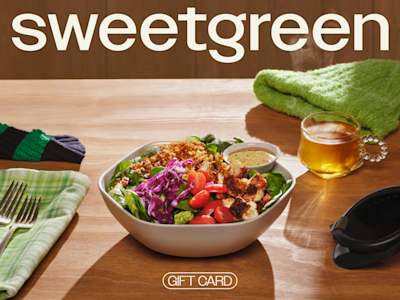Chipotle Mexican Grill (CMG +0.03%) has been one of the top-performing stocks in the market in the last 20 years.
The burrito roller pioneered a new type of dining in the restaurant industry, fast-casual, and is now up 3,480% since its IPO. That's after falling roughly 50% from its peak late last year.
The path to those supersized returns hasn't always been easy. Along the way, the restaurant stock has fallen by 50% or more four times. Those were:
- 2008: A 74.6% drawdown during the Great Financial Crisis.
- 2015-2018: A 66.8% pullback as an E. coli outbreak marred its performance for several years.
- 2020: A 50.2% sell-off when the COVID-19 pandemic first started.
- Current: A 53.5% decline driven by flat comparable sales, consumer spending, and a high valuation a year ago.
Of those four, Chipotle is best known for the E. coli crisis, but it's worth noting that the pullback during the 2008 financial crisis was even worse. The S&P 500 ended up falling 56% during that bear market.
In retrospect, that was a great buying opportunity for Chipotle, and its status in 2008 is informative for another restaurant stock that is similarly beaten down now. Before discussing that fast-casual chain, let's review where Chipotle was in 2008.

Image source: Chipotle.
Chipotle during the financial crisis
In 2008, Chipotle was still relatively new to the stock market, having gone public in January 2006.
It finished that year with 837 restaurants and $1.33 billion in revenue. It was profitable, with a net income of $78.2 million, and its average restaurant sales were $1.76 million. Comparable sales that year slowed from 10.8% in 2007 to 5.8% in 2008, weakening to less than 4% in the second half of the year.
The sharp sell-off in the stock that year came as margins compressed, comparable sales slowed, costs rose, and broader fears about a recession swept the market.
Chipotle finished the year with a price-to-sales (P/S) ratio of 1.5, and its P/S bottomed out at 1 before the end of the year. Its market cap never fell below $1 billion.
The stock bounced off the low it hit in November as investors seemed to believe that it was oversold. It then surged through the end of the year and in 2009.
Could Sweetgreen follow that path?
Sweetgreen (SG 2.98%), the fast-casual salad company, has fallen sharply this year, down 85% from its peak in late 2024. Its comparable sales have declined, its losses have widened, and it's been affected by the same weakness in restaurant spending that has pushed Chipotle shares down more than 50%.
At this point, there's a good argument that Sweetgreen is oversold as well.
The salad slinger's financial results aren't as healthy as Chipotle's were in 2008. It's not profitable on a generally accepted accounting principles (GAAP) basis. Its comparable sales were negative through the first half of the year, whereas Chipotle's only slowed to 2.2% growth in 2009 during the financial crisis before recovering.
Sweetgreen is also smaller than Chipotle was then. It currently has around 260 locations, and it aims to grow to at least 1,000 over time.
However, like Chipotle, Sweetgreen is opening new stores rapidly, a sign that it sees plenty of room for expansion. It also has strong average restaurant sales at $2.8 million, which is comparable to where Chipotle is today. Its price-to-sales ratio is just 1.1, an all-time low and similar to Chipotle's all-time low.

NYSE: SG
Key Data Points
As with Chipotle in 2008, a number of the challenges facing Sweetgreen look temporary. A combination of a weakening labor market and sticky inflation seems to have sapped consumer spending, especially among the younger office workers that these companies rely on, an observation Chipotle shared in its recent earnings report.
Sweetgreen also changed its loyalty program in the second quarter, a shift that seemed to cause it to lose some business from holders of the previous Sweetpass. The new, more conventional loyalty program didn't have enough time to grow to compensate for it. First-quarter results were affected by the wildfires in Los Angeles, a major market for Sweetgreen. The company is also spending aggressively on its Infinite Kitchen automated assistant setup, which should eventually scale, easing its operating costs.
It's possible that Sweetgreen won't recover, of course. Perhaps its salads are simply too expensive, the unit economics are bad, or the concept won't resonate outside tony neighborhoods in coastal cities. But if the opposite is true, then this looks like an incredible buying opportunity.
Simply getting back to its peak from less than a year ago, when comparable sales were increasing and the growth path looked promising, would mean the stock jumping nearly 600%.
It could take time for Sweetgreen to get there, but it's definitely achievable, especially if the macroeconomic winds shift.
We'll learn more when the company reports third-quarter earnings on Thursday afternoon. Analysts are expecting another round of dismal results. But at this point, the stock has fallen so far that any hint of a recovery could give the stock a much-needed boost.






